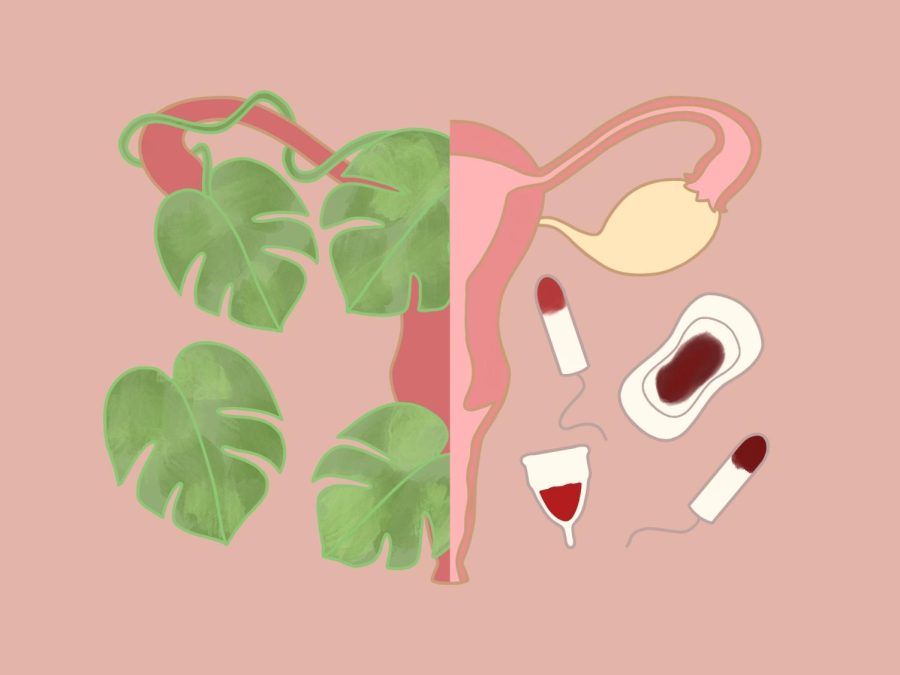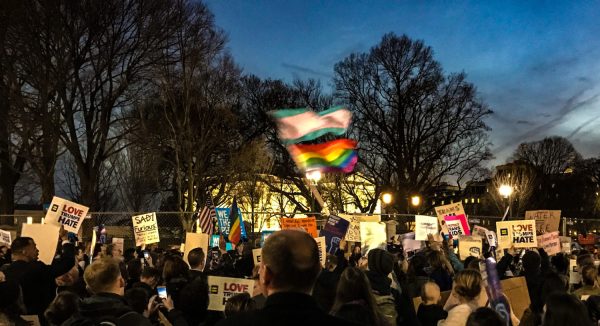The ethics of the “Pink Tax”
Whether or not feminine products should be free or should be in every public bathroom really should not be a debate. No female has asked to get a period and have to use these products. Feminine products are also high in price and it’s something females don’t want to have to buy, but they do anyways. If things like condoms can be free in public places, like tattoo shops, doctors’ offices, schools, and more, when it is optional, why aren’t feminine products free when they’re a necessity? Some people can’t afford them and a period is not an option. A way we can accomplish having free tampons and products is by being able to use things such as EBT and WIC or even make something like one of those to purchase them. EBT and WIC are government-funded programs for assistance. EBT is for food and WIC is for people with children to afford things like formula, and foods for little kids. Something government-funded could be created like these. Often, females get their cycle unexpectedly out in public and don’t have a tampon or anything. Although some public bathrooms have these products, they still have you pay to get them. Menstrual cycles are completely natural and even if you want to prevent having one by going on birth control, you still have to pay for the medical costs.
The story ¨Period Equality¨ by Harvard Health Publishing talks about the struggles women have with purchasing feminine products and people not having them at the right time. In the article, obstetrician/gynecologist Huma Farid writes,¨I have had patients tell me that they use toilet paper or paper towels instead of pads or tampons because they cannot afford menstrual products.¨ Although this is a solution that can work for women, it’s not the best solution. Using these products for a period doesn’t do much and it’s not what they’re meant for.
The New York Post article, ¨Should feminine products be free,¨ explores people needing to budget in order to afford products. ¨Sixty percent of respondents admitted to budgeting in order to afford sanitary items and 79 percent have made sacrifices or gone with less in order to afford their necessities.¨ Having to budget in order to afford things you don’t want to have to buy can be stressful and mentally draining. According to the article, the average woman spends $13.25 a month on menstrual products, making it $6,360 in a woman’s lifetime (age 12-52).
People may say that they shouldn’t be free because there isn’t enough money to pay for them for the public. Also, some people may suggest that feminine products aren’t necessary and if we need them that badly then we would just pay for them. But if condoms can be free through a company called ASC (which is funded by health departments), why can’t period products be free? Although condoms are a form of birth control for both males and females, they do not prevent periods. Women never ask to get their period–nature gave it to them. Wearing a condom is a choice, having a period is not. Our priorities are not focused on what they should be. If people can provide for men, they can provide for women.

Natalee is a sophomore at ALHS and is new to staff this year. When she isn't working she enjoys watching shows. She also likes hanging out with friends...
Alexis is a sophomore at ALHS and new to staff this year. She enjoys hanging out with friends reading and playing sports. She is an AL cheerleader and...

Cannon is a senior at ALHS this year and this is his second-year staff. He enjoys cooking, painting, and listening to music.







